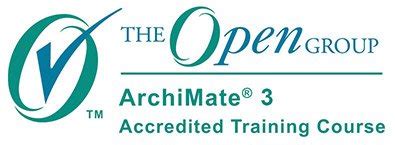ArchiMate® 3 Practitioner (level 1 & 2) Certification Training Course
Learn from the Best, Learn from TopD
Features of This Course
Why Choose ArchiMate® 3 Practitioner (level 1 & 2) Certification Training?

ArchiMate is an enterprise architecture modeling language that has been designed to help explain and display architectural concepts in a clear and concise manner that can also greatly benefit practitioners as it makes their roles easier.
As a valuable tool for career enterprise architects, it helps communicate the different steps needed in order to achieve architectural targets using a shared terminology.
It works very well in tandem with TOGAF, another valuable tool which serves as an excellent way of measuring progress toward achieving your goals.
Broker statement
- Archimate®️ 3 Practitioner delivered by Good e-Learning is a course accredited by The Open Group.
- TopD Learning promotes this course for Good e-Learning.
Course Curriculum
We look at what the ArchiMate standard provides to the business, as well as why it is important to the Enterprise Architecture practitioner and the organization.
We introduce the key characteristics of the ArchiMate 3.0 standard and offer a brief history of the standard since its conception in 2002.
Finally, we look at the custodians of the ArchiMate standard, The Open Group, and how the standard increasingly harmonizes with other standards of The Open Group, such as TOGAF.
In this module, we take a look at the Open Group’s ArchiMate 3 Certification Program. We learn that it offers certification in three key areas: people, products, and ArchiMate training courses.
The certification for people program uses two levels: Foundation (Level 1) and Practitioner (Level 2). We take an in-depth look at the certification requirements needed for Level 1 and Level 2, as well as the examination conditions and pass marks.
Goal: In this module, we will introduce the basic concepts of Enterprise Architecture and the ArchiMate language.
We will be looking at the purpose and benefits of Enterprise Architecture, the ArchiMate standard’s relationship with Enterprise Architecture, and the architectural domains covered by ArchiMate and how they map to the TOGAF standard.
We also discuss the positioning of the ArchiMate framework with other modeling languages and modeling concepts.
Goal: In this module, we begin by looking at the framework’s design considerations and top-level language structure, moving on to its layers and framework.
We complete the topic with studies of abstraction, concepts and notations, nesting, use of color, and notational cues.
Goal: In this module, we will take a closer look at the ArchiMate generic metamodel and then turn our attention to relationships. When dealing with the metamodel, we will cover Behavior and Structure Elements as well as Specializations.
We will also study Motivation Elements, Strategy Elements, and Composite Elements.
Goal: In this module, you will learn about the core set of generic relationships. Each of these relationships can connect a predefined set of source and target concepts.
This module covers ArchiMate’s core set of generic relationships, including Structural and dynamic relationships, Grouping, Junction, and Specialization relationships.
Goal: In this module, we look at both the Motivation and Strategy Elements in ArchiMate 3.
We will start by looking at the Motivation elements, which are used to model the motivations or reasons that guide the design or change of an Enterprise Architecture.
We will begin with the Stakeholder, Driver, and Assessment elements, followed by Goal, Outcome, Principle, Requirement, and Constraint, before concluding our study of the Motivation Elements with Meaning and Value.
We will then turn our attention to the Strategy Elements, namely Resource, Capability, and Course of Action.
Goal: In this module, we look at the Implementation and Migration Elements and their Relationships.
We define a number of Implementation and Migration elements. We also study Relationships and Cross-aspect Dependencies.
The ArchiMate language provides a flexible approach in which architects and other stakeholders can use their own views on the Enterprise Architecture. In this approach, views are specified by viewpoints.
Viewpoints define abstractions on the set of models representing the Enterprise Architecture, each aimed at a particular type of stakeholder and addressing a particular set of concerns.
Viewpoints can be used to view certain aspects in isolation and to relate two or more aspects. In this module, we will address Stakeholders and Concerns, Views and Viewpoints, The Viewpoint Mechanism, Defining and Classifying Viewpoints, and Creating the View.
The ArchiMate language contains the basic elements and relationships that serve general EA modeling purposes only.
However, the language should also be able to support other, more specific, purposes, such as types of model analysis, the communication of architectures, and those of a certain domain (for example, the financial sector).
We therefore need a means of customizing the language, without burdening it with a lot of additional material. This module is therefore devoted to the customization mechanisms in ArchiMate 3.
Frequently Asked Questions
FAQs
You will never miss a lecture at TopD Learning! We’ve got you covered:
- View the recorded session of the class available in your LMS.
- You can attend the missed session, in any other live batch.
ArchiMate can be used by anyone with knowledge of enterprise architecture, though it is most often utilized by TOGAF practitioners.


